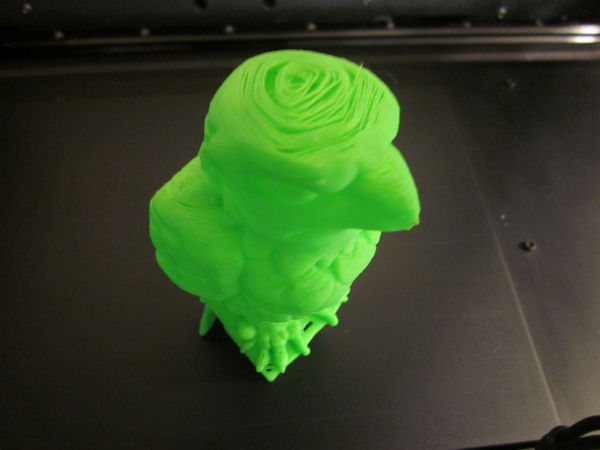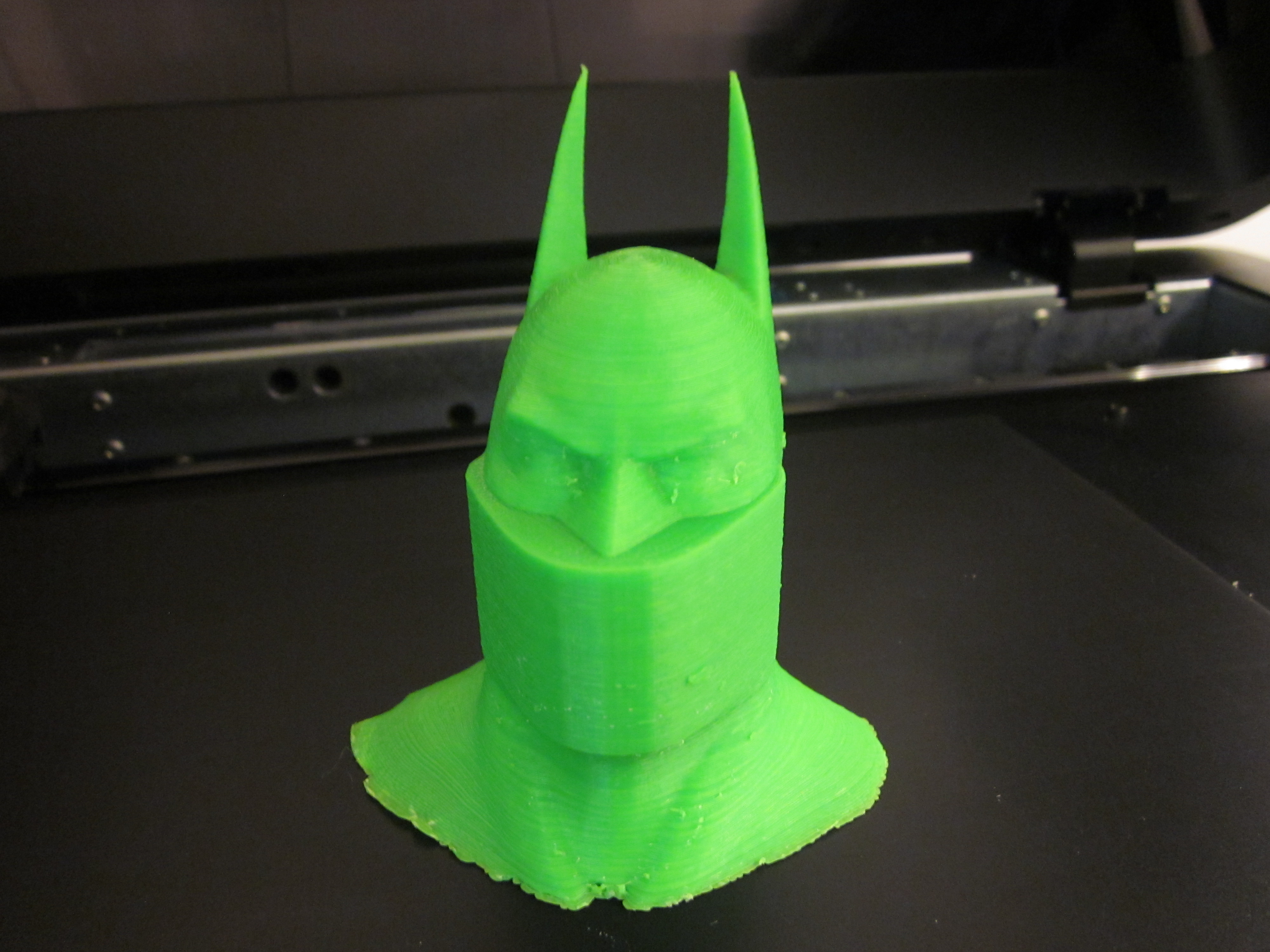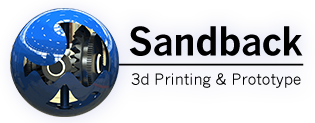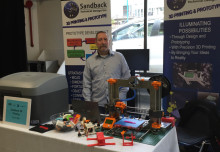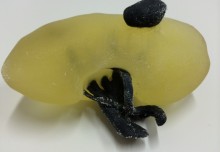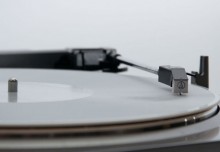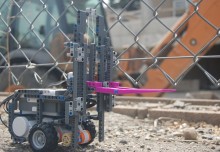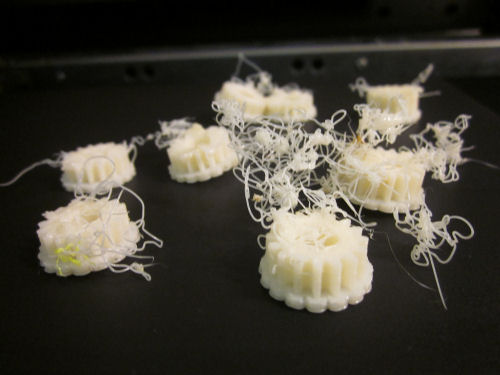
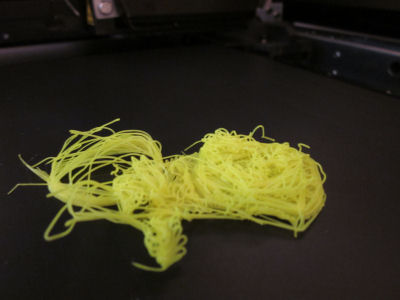
3D Printing is an exciting rapidly growing technology and home 3D printers are becoming more affordable and prevalent every day. This is great for growth in the 3D printer industry and tools like Kickstarter.com are helping new styles of 3D printers make it to market every day. Some of the home 3D printers are available pre-built and pre-calibrated so all that needs to be done is install the software and plug the printer in. Other 3D printers have to be assembled and calibrated by the consumer which can be rather time consuming. After you have your printer all built, set up and calibrated you will obviously want to start printing. Many people enthusiastically start with their print only to find that their prints are turning into a rat’s nest or the object warps on you. Now this can happen regardless of whether you bought a pre-calibrated printer or not because of variables such as the object you are printing isn’t oriented right, your temperature settings aren’t optimal, or the .STL file isn’t designed with the 3D printing process in mind, among other problems. After putting hours or in some cases, days of work to get the machine to start printing, only to have your desired print turn into a dog’s breakfast can be extremely disheartening. Couple a steep learning curve with a bad experience with a manufacturer’s customer support and you have a recipe for extreme frustration.
There is a light at the end of the tunnel though and it will come with the knowledge generated by these 3D printing pioneers. They may grow frustrated and angry with their inital failures but that will only make their succesful prints that much more rewarding. Accomplishing something easy is never a point of pride for someone and their successes will only make them want to design, create, and print more objects and ideas. Through their failures and successes we will gain more knowledge of 3D printing problems which will be fixed in time, therefore continually improving the convenience of the 3D printing process. With 3D printing still in its infant stages like computers in the 50’s before the invention of the integrated circuit, there is still lots of time for revolutionary ideas to improve 3D printers and with new innovations for 3D printers coming out regularly the technologies that will bring 3D printing to the next level may be just around the corner.
